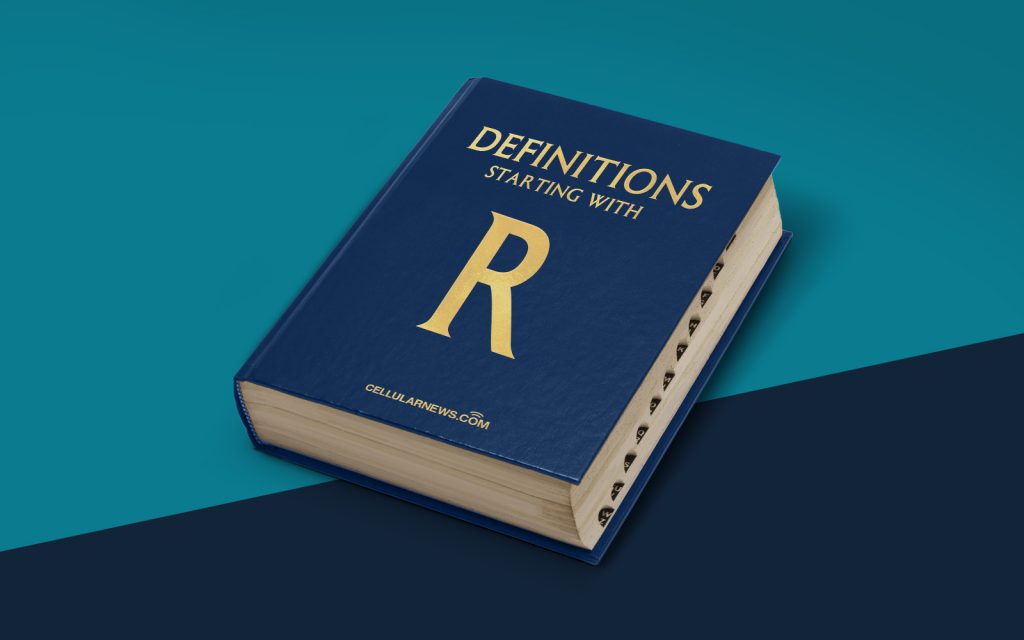
Understanding Radio Frequency Over Glass (RFoG)
Have you ever wondered how radio signals are transmitted over fiber optic cables? Well, you’re in luck! In this article, we’ll demystify the concept of Radio Frequency Over Glass (RFoG) and explain how it works.
Key Takeaways
- RFoG is a technology that enables the transmission of radio frequency signals over fiber optic networks.
- RFoG eliminates the need for copper coaxial cables and allows for high-quality, reliable signal transmission.
How Does RFoG Work?
Radios and television signals have historically been transmitted through copper coaxial cables. These cables are bulky, expensive, and have limited bandwidth capacity. RFoG revolutionizes this process by utilizing fiber optic cables, which are thinner and more efficient.
The RFoG system consists of two main components: the Optical Line Terminal (OLT) and the Optical Network Unit (ONU).
- Optical Line Terminal (OLT): The OLT serves as the central hub of the RFoG network. It converts the incoming radio frequency signals from the service provider into optical signals that can be transmitted over fiber optic cables.
- Optical Network Unit (ONU): The ONU is located at the customer’s premises and receives the optical signals from the OLT. It then converts the optical signals back into radio frequency signals that can be consumed by devices such as radios, televisions, or set-top boxes.
By using fiber optic cables, RFoG allows for the transmission of multiple services over a single fiber, including voice, video, and data. This makes it an incredibly efficient and cost-effective solution for service providers.
The Benefits of RFoG
RFoG offers several advantages over traditional copper coaxial cable systems:
- Increased Bandwidth: Fiber optic cables have a much greater bandwidth capacity compared to copper cables. This means that RFoG can support high-definition streaming, video-on-demand, and other bandwidth-intensive applications.
- Improved Signal Quality: RFoG provides higher signal quality with minimal interference, resulting in a superior viewing experience for users.
- Enhanced Reliability: Fiber optic cables are less prone to physical damage and electrical interference. This makes RFoG more reliable, reducing the chances of service interruptions.
- Cost Savings: RFoG eliminates the need for expensive copper coaxial cables, resulting in cost savings for service providers.
In conclusion, RFoG is a groundbreaking technology that allows for the transmission of radio frequency signals over fiber optic networks. It offers numerous benefits, including increased bandwidth, improved signal quality, enhanced reliability, and cost savings. As more and more service providers adopt RFoG, we can expect to see a significant improvement in the quality and efficiency of our communication systems.
Stay tuned for more educational articles about the fascinating world of telecommunications!
